Welcome to Flanders Heritage!
M. PAUWELS BUILDING
The building block originally consisted of three entities. The largest building dates back to 1875 and is located on Wijngaardstraat. The main entrance on Moriaanstraat consists of a listed façade dating back to the 16th century.

History - about the building
Tobacco factory Pauwels
The M. Pauwels building, originally a tobacco factory and warehouse, has a rich history dating back to 1875. Designed by architect Jean-Jacques Winders, it was commissioned by tobacco traders Stanislas and Hippolyte Pauwels. The entrance is crowned in the central axis by a nameplate with the inscription “M. Pauwels”.
During World War II, it suffered significant damage from bombings. Nevertheless, after the war, it was carefully restored to its original splendor, symbolizing resilience and reconstruction for the city.
Winders later became known as one of the leading figures of the neo-Flemish Renaissance in Antwerp, with notable projects such as his own residence, “De Passer” & “KMSKA or Royal Museum of Fine Arts”.
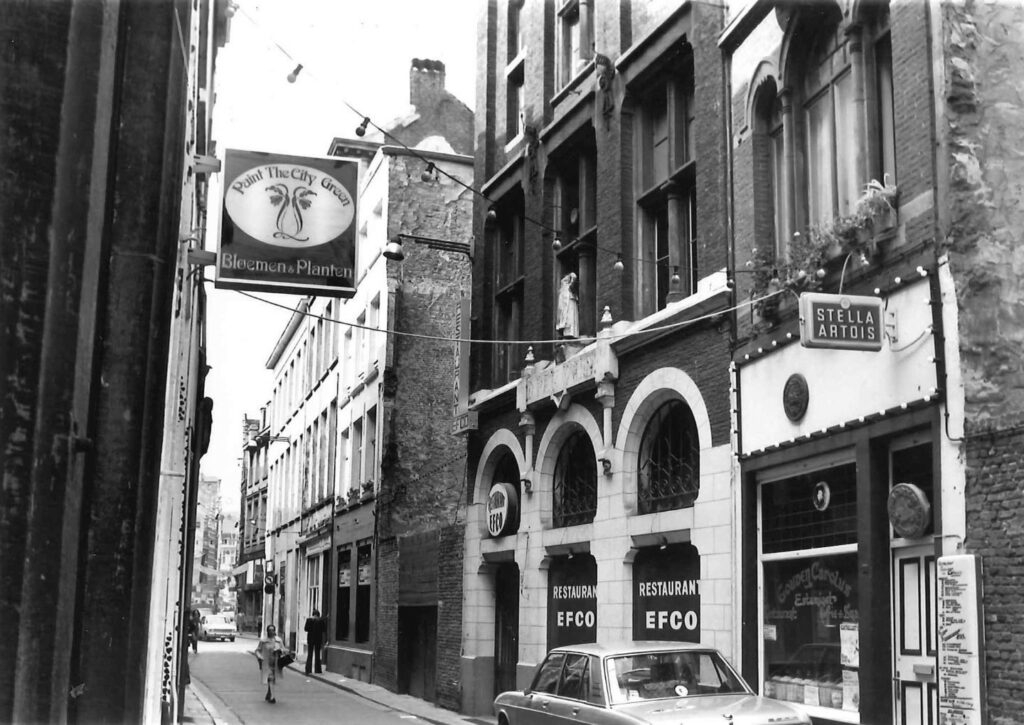
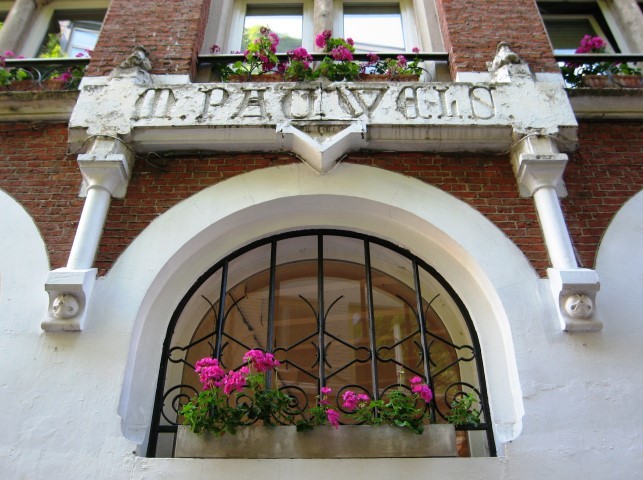
VECU – Vereniging voor Europese Cultuur Uitwisseling
For about one decade, from 1972 to 1983, the building had a different function as the meeting place of a private club consisting of writers, poets and artists.
Vecu was an acronym in full for ‘Association for European Cultural Exchange’. Gradually, Vecu grew into a hotspot for new literature, jazz and plastic arts. From 1972, the attic café in Antwerp’s Moriaanstraat was the place to be for all those who valued literature, art and conviviality.
Jazz icons found their way to the Antwerp Vecu: from Toots Thielemans to Roland, from Jack van Poll to Art Farmer. Sizzling summer happenings were organized in which topless gogogirls shone alongside legendary ’tooth athlete’ John Massis. ‘Expert interpreters are available for non-dialects,’ the invitation stated …
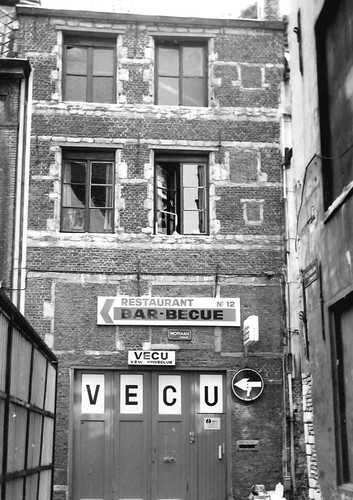

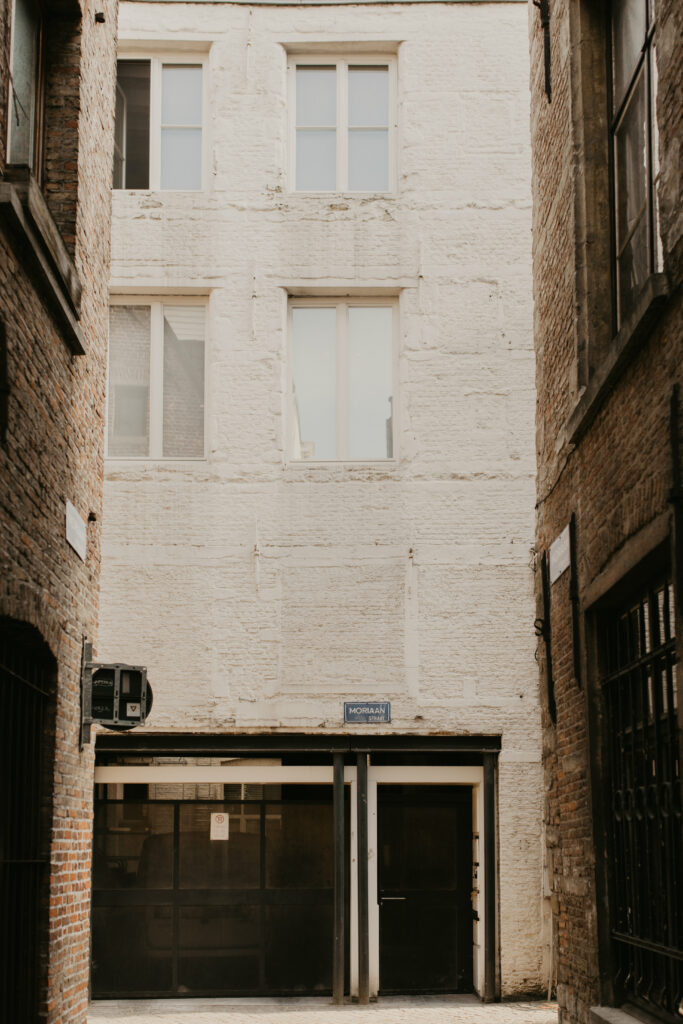
History - about the neighborhood
Conscience square
On August 13, 1883, the old Jesuit Square with its imposing Carolus Borromeus Church was renamed Hendrik Conscience Square. That day marked the unveiling of the statue honoring Flanders’ renowned folk writer. Conscience, widely known as “the man who taught his people to read,” is most celebrated for his influential novel “The Lion of Flanders” (1837).
Tragically, Conscience was too ill to attend the ceremony and passed away a month later. The occasion also included the inauguration of the City Library.
Remarkably, this magnificent square, thanks to the efforts of local residents such as the unconventional artist Panamarenko, became the city’s first car-free plaza.
Oldest Café of Antwerp – Quinten Matsijs
The building, constructed in 1565, has been a pub ever since. Initially named “t’ Gulick” because many guests originated from the County of Gulick near Luxembourg and traveled to Antwerp as merchants.
At the time, the café had horse stables, they made place for medieval paintings, a 250-year-old barrel organ, a pipe rack from bygone days, a rich collection of beer steins, and a piano that has witnessed much. All windows feature intricately crafted stained glass.


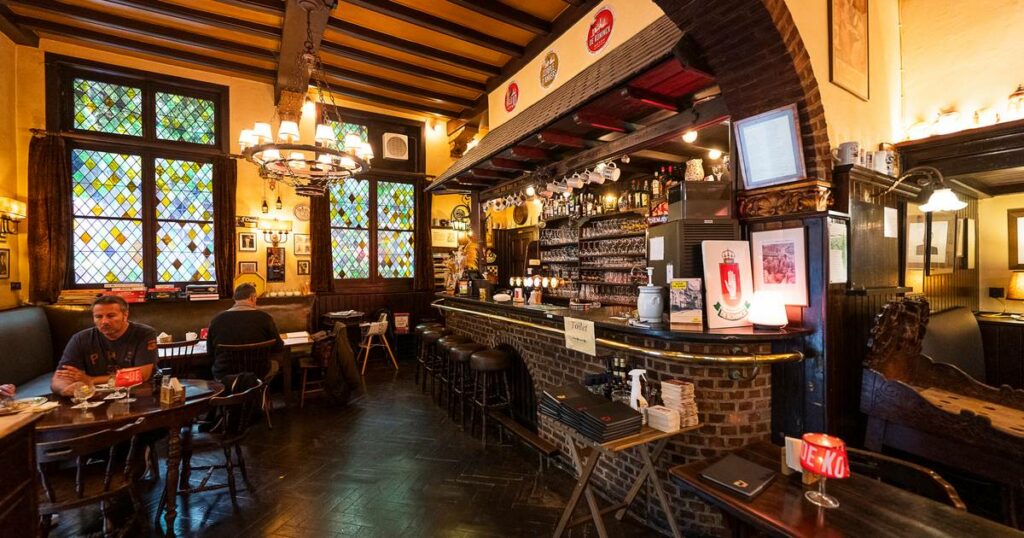
Never expected this in the middle of the historical centre. Great architecture.
Florence
What a stunning place, will definitely visit again, thank you Christophe for the warm welcome.
Amber
A very cool experience, the surrounding narrow streets take you back to the middle ages. Supreme location!
Clarice Stanton, UK
Dit is het perfecte verblijf om Antwerpen te bezoeken. De locatie bevindt zich pal tussen de grote markt en het gezellige Conscience plein.
Edward

